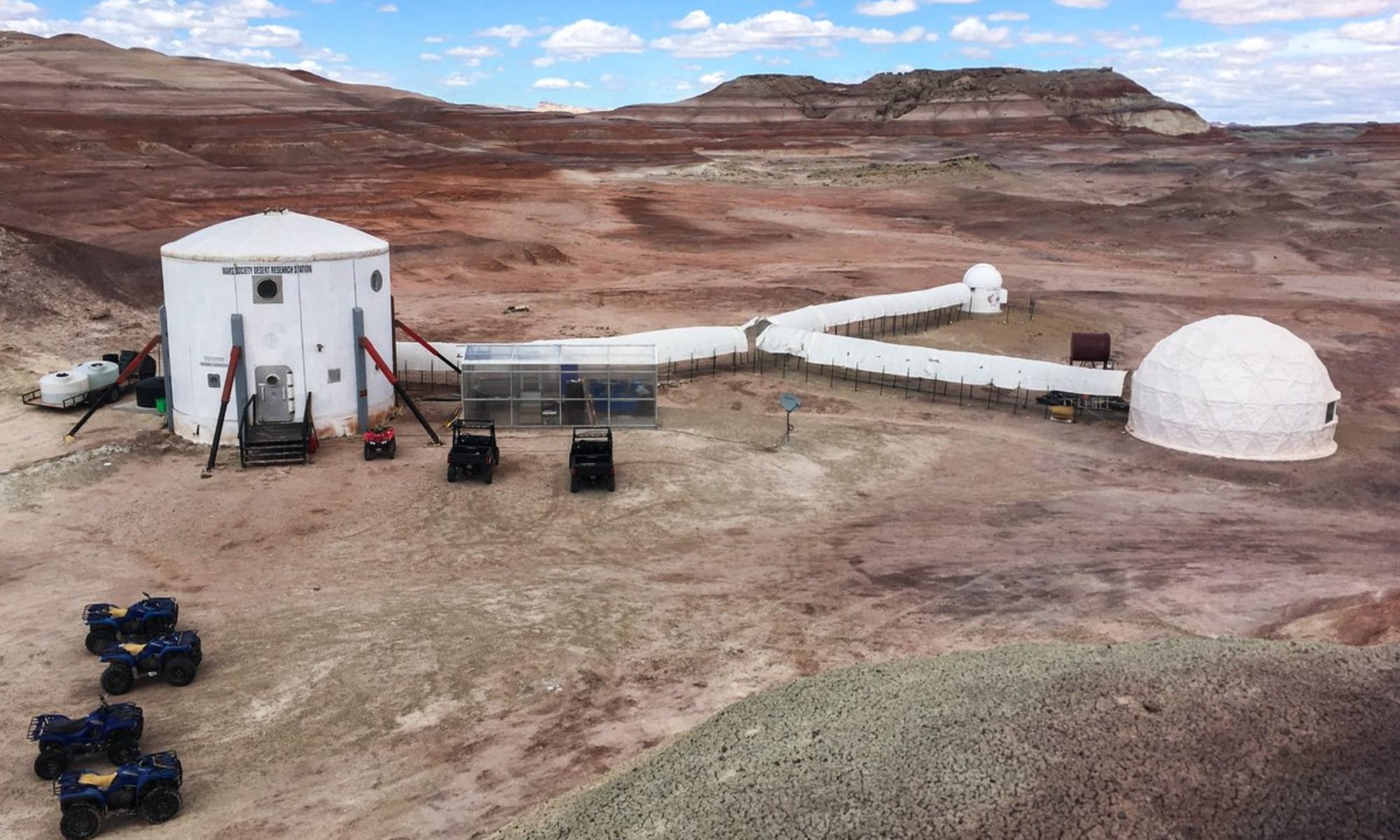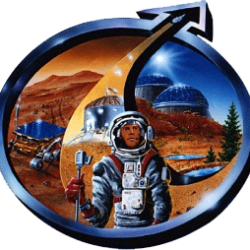From Being to Becoming
““What you get by achieving your goals is not as important as what you become by achieving your goals.” – Henry David Thoreau
Going through a transformative experience certainly evokes many feelings. When the experience is positive, a part of us naturally feels grateful for the circumstances that got us there, but another part feels a longing to go back and live it for longer. Perhaps just like life, the journey itself is so meaningful because it ends, and not in spite of its ephemeral character. If the experience is negative, on the other hand, the opposite is valid: circumstances are often blamed, and if we’re grateful about anything, it is the fact that it is finally over. Yet, there is an aspect that both types of experiences share: growth. After the experience is past us, we are reborn to our "everyday lives" like a phoenix.
As we finish our mission in Sol 12, Crew Montes has a lot to show on that regard. Together, we investigated the subsurface magnetic properties of Mars; waste management solutions for space habitats using mushrooms; in-situ fabrication of photovoltaic cells; team performance in isolated and extreme environments, sensor-based monitoring systems for astronauts, and LIDAR- enhanced drone simulations for landing operations. We spent a lot of time performing challenging scientific experiments at the Mars Desert Research Station, and our growth as scientists is commensurate with the difficulty of these tasks. That being said, I personally feel like my development as a person was even more prominent than my technical growth, so I decided to ask each member of the crew, individually, what was the most memorable aspect of their sols on Mars.
Being in a different planet obviously brings about one essential challenge: becoming self-sustaining. In order to survive on harsh conditions, where four walls are all that separate you from unbearable cold and deadly radiation, one needs to become independent. In particular, our Health and Safety Officer, Spy, highlighted that resource management on Mars, such as very limited water and food supplies, was a surprisingly challenging part of the experience, where 7 days separated his first and second shower. More difficult for him, however, was the absence of internet, where unlimited information usually at our fingertips was limited most of the time, requiring us to use our memory, skillset and intellect to the fullest extent. Becoming an astronaut, according to our Crew Geologist, Genie, is a dream that people might hold from their childhoods, but this sort of challenge should not be a negative aspect, but something to enjoy. In other words, unless you are genuinely drawn to something like this, it can take a toll on an average person.
In spite of the importance of independence in the Mars experience, there is a reason why we go to space with a crew and not by ourselves. Many of my crewmates reported being fascinated by the trust and comfort that we developed toward each other throughout the mission. Our Commander, Messiah, emphasized how, since the very beginning of the analog astronaut selection process, people pursuing the same goal are "outed", regardless of their background, meaning that they are drawn to share their true colors with respect to their ambitious dreams. In fact, finding other people passionate about their work, as well as witnessing the lengths to which they will go for their goals, was one of the biggest points that made us get so close to each other so fast, according to many of my crew members. For example, meeting people with similar goals and sense of humor was reassuring for our Crew Engineer Mr. Fixit, who said that maybe it’s this kind of opportunity that draws people of the same type of weird together.
Such kind of mutual admiration quickly developed trust and safety among us. Together with genuine gestures of caring day after day, like the many times when Genie came back from an EVA with lunch ready for her, we matured into a crew that looks out for each other in tough times. In Mr. Fixit’s words, "no one person had to shoulder the weight to keep the crew afloat". Our GreenHab Officer, Murph, also felt like looking at others based on their qualities (Messiah’s selflessness, Genie’s politeness, Spy’s reliability, Mr. Fixit’s goofball nature, Hermit’s listening skills) made it much easier to unite us as a crew, and integrating people’s qualities to herself is a point she will try her best to emulate. In fact, when comparing other analog astronaut candidates with regards to their experience, Messiah was fascinated by the skillsets of our crewmates, who are talented in jobs spanning from biological engineering to geology to journalism. (Thanks for noticing me, Commander!) Our crew members, according to him, are extremely strong and qualified to do what they were supposed to do, and their personalities were carefully matched in selection so that a crew could function as seamlessly as possible.
All these aspects illustrate how a cohesive crew is born and matures, but there are other moments that capture the beauty of this process even more genuinely. Here is a list of the favorite moments from my crewmates:
Messiah (Sol 9): Witnessing the crew enacting the Solar System, a random emergent moment where some of us started to orbit each other with colored hats representing the Earth, the Sun and Mars;
Genie (Sol 4): Sprinting back to the hab after 3 demanding hours in an EVA to Skyline Rim with only a single hour for our window to close;
Spy (Sol 5): Going up to Hab Ridge and looking around towards nothingness, except for the people with him;
Murph (Sol 11): A conversation with Messiah about pursuing ambitions goals as a hispanic in STEM, which made her inspired to teach less fortunate kids that believing in themselves is the first step to achieve great things;
Mr. Fixit (Sol 11): Realizing how far the DRONE project developed in so little time, starting quite rocky with very basic system integration and growing into a streamlined remote data collection system.
As for me, I can attest that these twelve extraordinary days made me feel like our crew really made this our home away from home. And even though the seven (unforgettable, to say the least) EVAs that I went to were very focused in executing the DRONE project I was leading, the moment that stuck to me the most was in our last EVA, after we had conducted some very promising flight tests, when I came back to my crewmates. Right there and then, I found them spontaneously dancing to the most scenic view of a gigantic butte behind them, a monumental wonder of nature staring at their enjoyment within its absurd beauty and the complex operations we dared to conduct on top of it. And at that moment, I knew the words of Ging Freecs were true: You should enjoy the little detours to the fullest. Because that’s where you’ll find things more important than what you want.
Hermit out.

